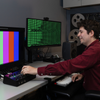The British Art Fair runs from September 25 to 28 at the Saatchi Gallery in London, featuring the second edition of Digitalism, stretching two floors dedicated exclusively to digital art with works by over 60 digital artists. Among them is a rare lightbox collection created on the Paintbox, a groundbreaking digital graphics tool developed in 1981 by a small British company called Quantel. The show premieres works by Kim Mannes-Abbott, who created the MTV Europe’s iconic 1987 look, Emmy-winning artist Micha Riss, and Adrian Wilson, the first artist to specialize in digital paint photo manipulation. Wilson is also on a mission to share the forgotten story of the Paintbox, which quietly shaped the look of an entire visual era.
In our interview, he recounts how the tool became a pioneering platform when artists like Keith Haring and David Hockney made their first forays into digital art.
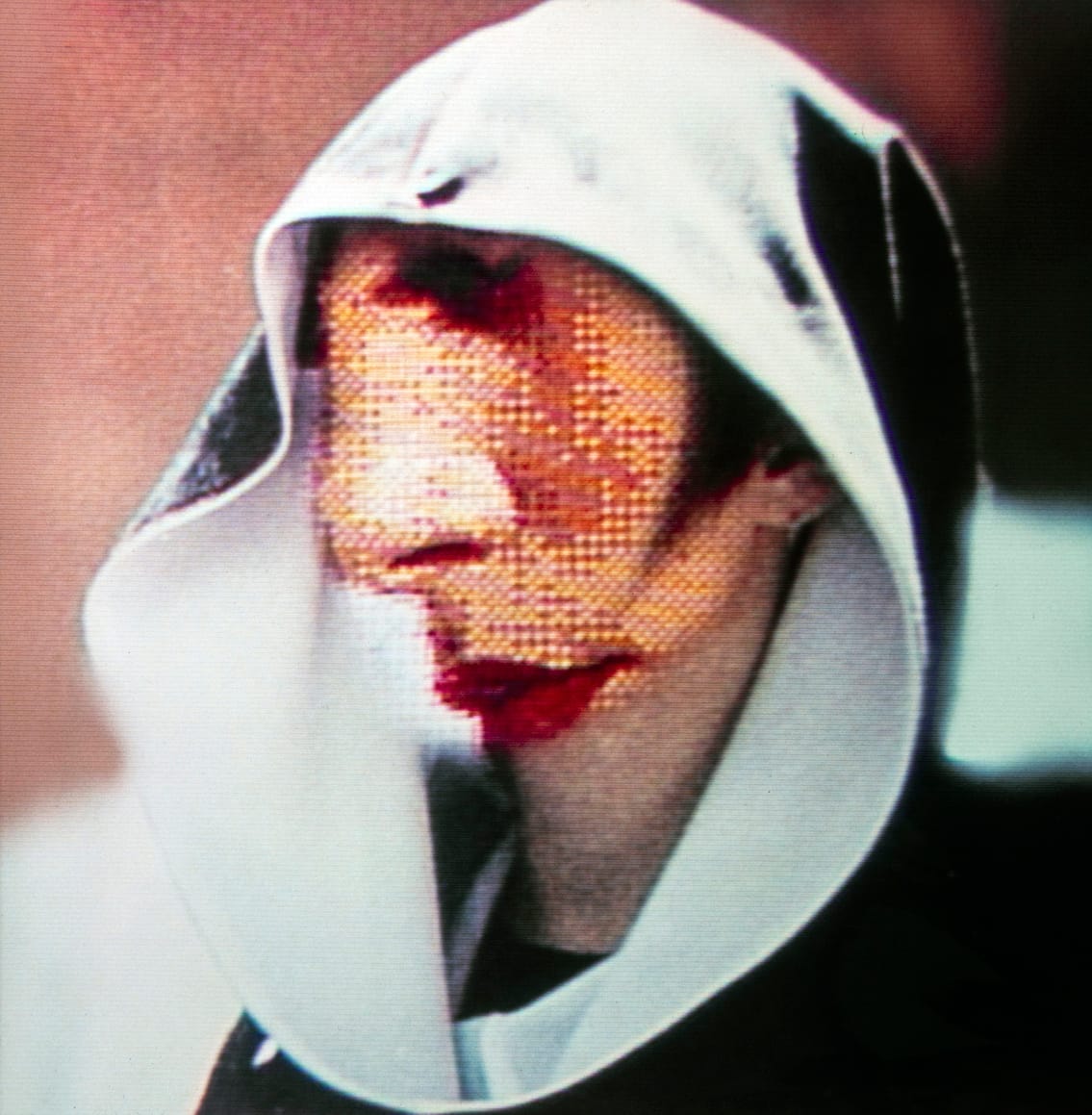
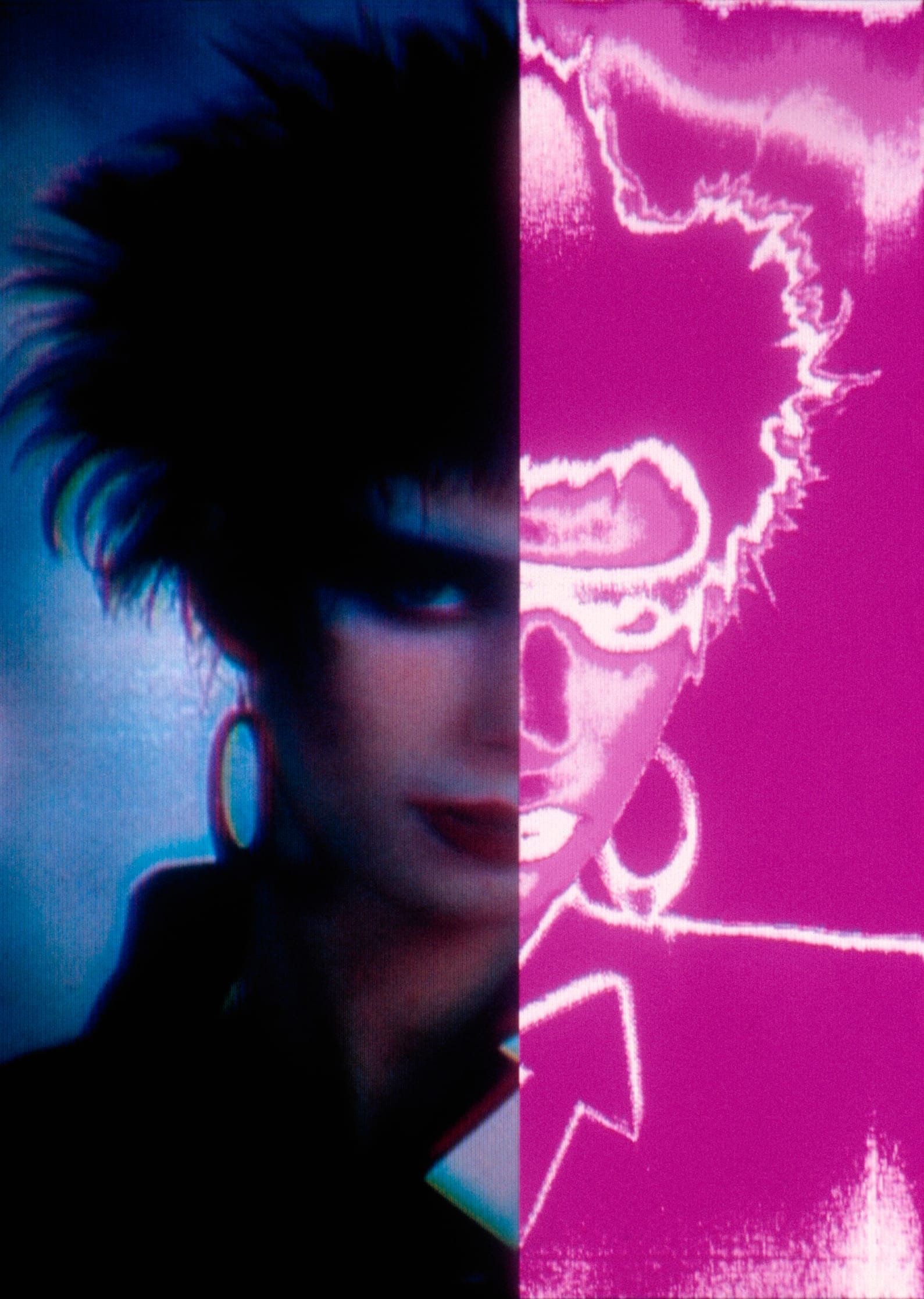
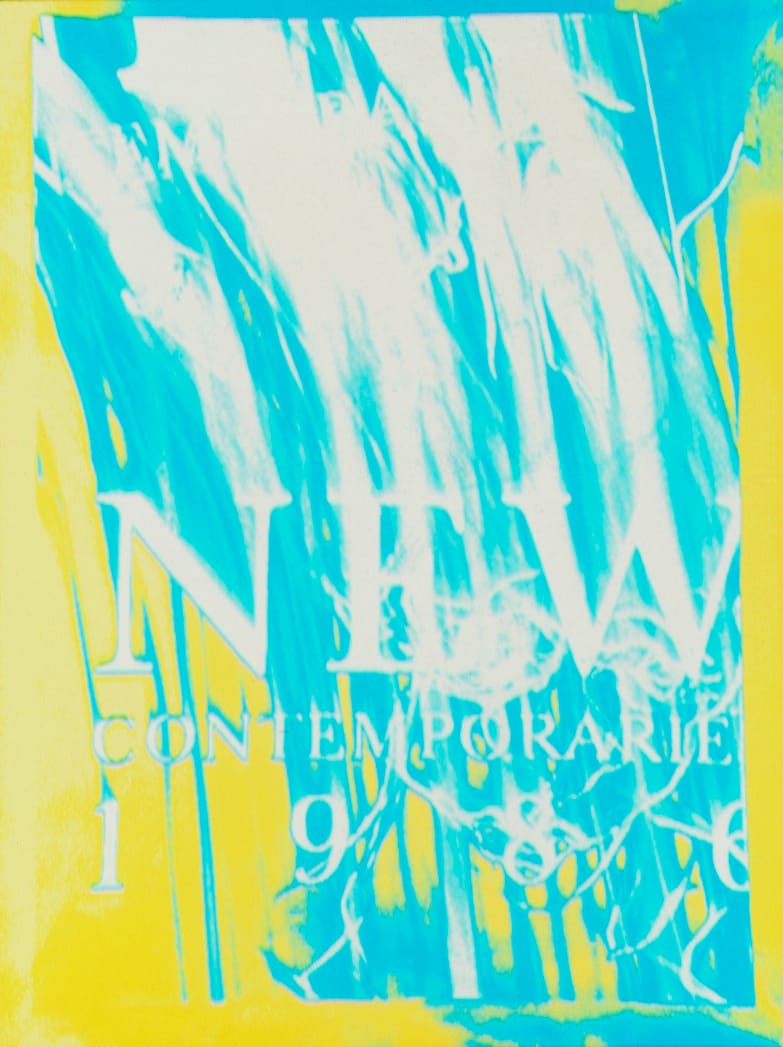
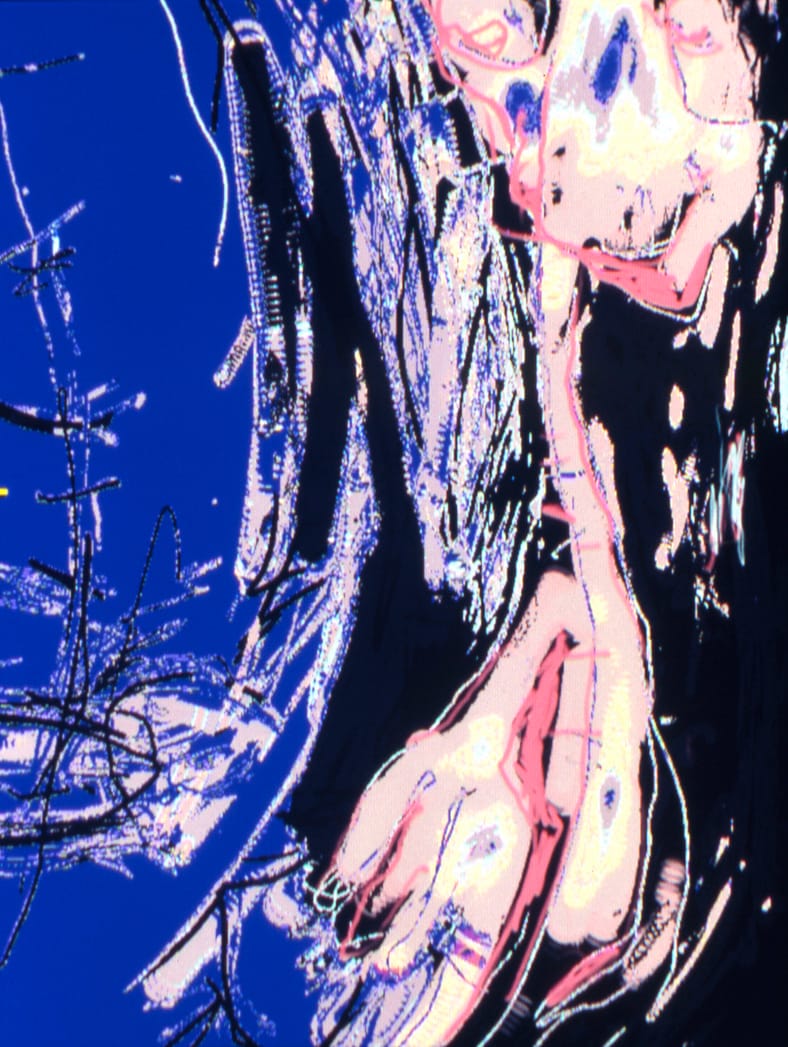
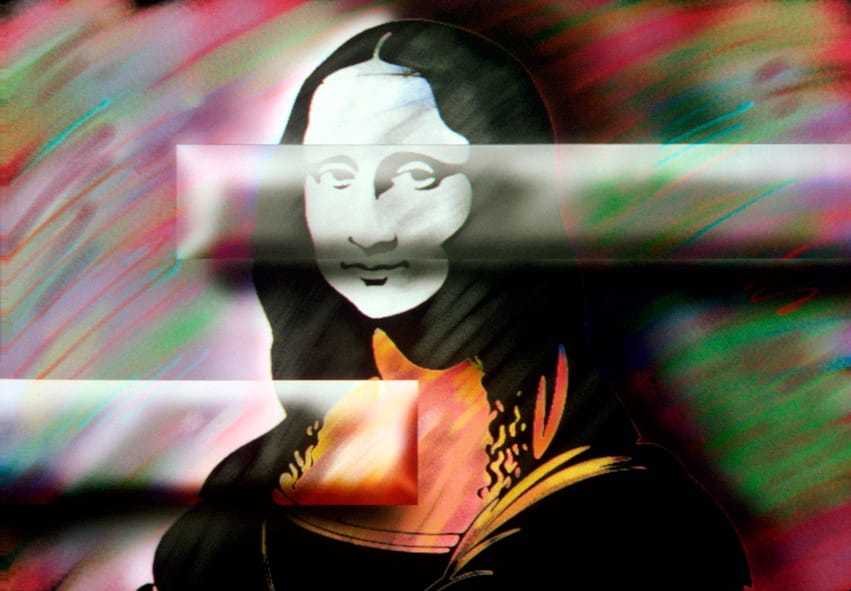
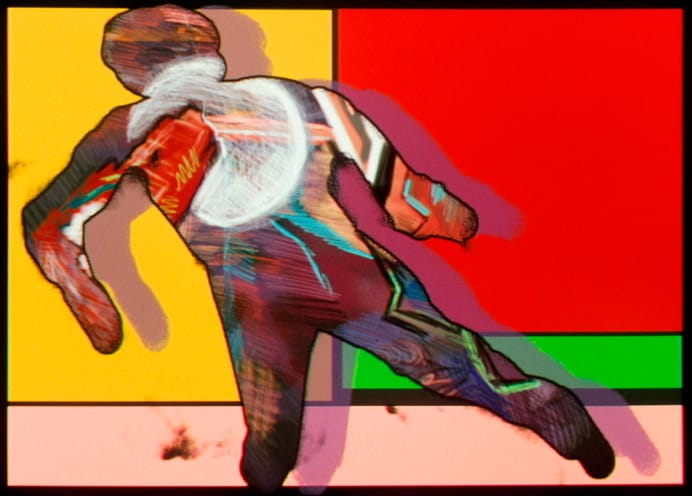
Digital artworks by Adrian Wilson, Kim Mannes-Abbott, and Micha Riss on sale at British Art Fair in London.
"Before it was called 'photoshopped,' it was called 'paintboxed,'" explains Wilson in a video interview with The Overview. “From TV show titles such as Miami Vice and Wayne’s World, to music videos such as Dire Straits’ Money for Nothing, Nirvana’s Nevermind, or Queen’s It’s a Kind of Magic, most of the visual effects you saw in the ’80s, unless they were 3D, were created on the Paintbox,” he says. “The user experience was very intuitive. It just featured a tablet and a stylus pen, similar to today’s Apple pencil.”
The Weather Channel was the first broadcaster to invest in the $250,000 tool. In the world of broadcasting particularly at that time delivering weather updates around the clock meant the equipment had to be absolutely reliable. The Paintbox system, pushed to its technological limits, ran continuously for eight years without ever being switched off. A breakdown simply wasn’t an option.
“That’s also why Quantel had private jets. Customers like the Weather Channel, NBC, the BBC, or any other major broadcaster, received their spare parts the same day. This was all before FedEx, too,” says Wilson.
Keith Haring and the Paintbox: “Why hasn't anyone noticed?"
In addition to its reliability, Quantel also understood that to make the tool successful, they had to win over the creatives. Paul Kellar, the inventor of the Paintbox, once told Wilson: “You don’t talk about a car as the wheels and the engine. It’s a car. But a car isn’t anything without a driver. So the Paintbox is three things: the hardware, the software, and the artist using it.”
Among those artists were some of the most renowned names of the era, including David Hockney and Keith Haring.
“In 1989, eight months before his death, Haring flew to Italy just to use the Paintbox after someone offered him access to it for three days,” says Wilson.
Later, he wrote about the experience in his journal: “This Paintbox I was using in Rome could mix colors just like a palette, as well as pick up colors from the photos and duplicate them. It was just like mixing paint, except no mess. It’s only electrons and light,” Haring wrote in his journal at the time, marveling over how well his personal style adapted to this new medium. “It has totally revolutionized the notion of art and the image—why hasn’t anyone noticed?”
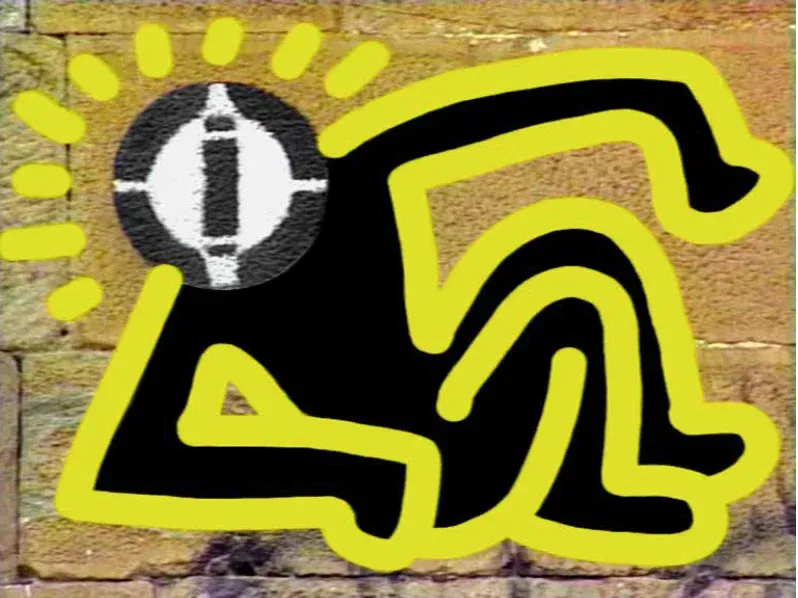
71 Original Pieces of Digital Art That No One's Ever Seen
“I was researching the story and found out that he went to paint a mural in Pisa called Tuttomondo. The person who invited him asked someone with a video production company in Italy to make a documentary about the mural.
So basically, Keith was touring Pisa in a carriage to pick up ideas for colors and concepts. He got friendly with the filmmaker, who recorded the whole mural process for about a week. During that time, he said Keith had also been working on the Paintbox.
So I managed to contact the filmmaker, and I asked, ‘Do you have a picture of Keith using the Paintbox?’ He said, ‘No, but I have the output tape’. So he showed it to me, and literally there’s footage of Keith Haring working on it, doing the animations he talks about in his journal, and 71 original pieces of digital art that no one has ever seen.
I asked the filmmaker, ‘You own all this footage?’ He said, ‘Yeah, there’s even a whole documentary on Tuttomondo too, which has never been published.’
I asked, ‘Why hasn’t anyone seen it?’ He said, ‘We finished it just as Keith died. Everyone at the Keith Haring Foundation was so wrapped up in this passing, so nobody got back to us.’”
For the last 30 years, the filmmaker tried to speak to them, but the Foundation didn't seem to be interested. Two years ago, Wilson contacted the Foundation again, who own all the rights to Haring’s work and eventually received an answer. He is still negotiating with them to get their permission to show all the unpublished work and footage.
“Obviously, we’re not planning to make T-shirts or NFTs out of it, but we do want to show it to the public,” he says. “The challenge is that it's different from owning a painting. If you own an Andy Warhol, you can just hang it in a gallery and say, ‘I own this.’ You don’t need permission from the Andy Warhol Foundation. But because this is on tape, you have to play it on a device to display it, which means you're technically reproducing it, even though you’re not really reproducing it, you are just displaying it. That creates a lot of strange legal loopholes.
So we can’t just show it to the world, but we're confident we will be able to soon. A big museum in New York wants to dedicate a show to the Paintbox next year, and we're hoping that that's where we'll reveal it.”
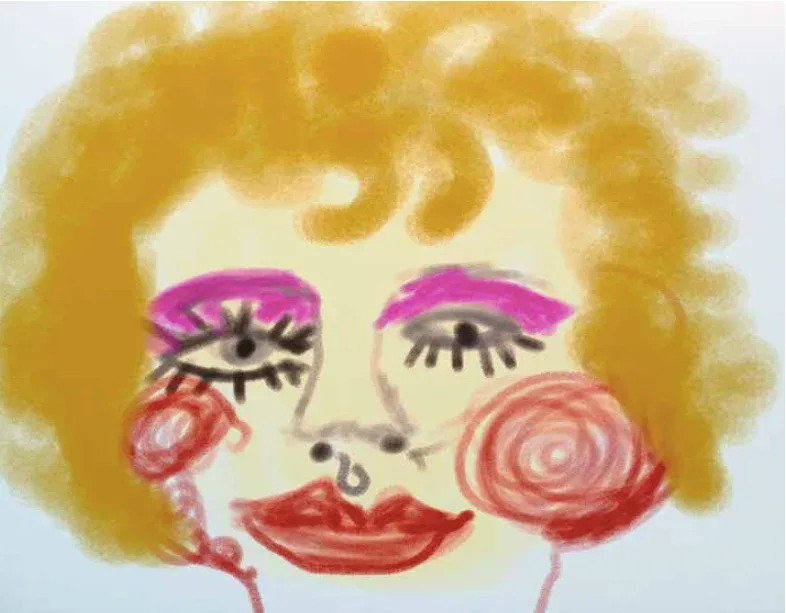
David Hockney: Painting with Light
Haring wasn't the only major artist experimenting with this revolutionary tool. Around the same time, British painter David Hockney also experimented with the Paintbox during a BBC documentary series titled Painting with Light, where he spent hours immersed in the tool creating his first digital art which he called “colored glass drawings”.
Someone casually offered Wilson a box of old slides for his Paintbox archive. As he looked through them, he realized they included the original digital outputs from Hockney’s early experiment.
“The David Hockney Foundation didn’t know these existed. When I showed it to them, they were like, ‘Wow, these are amazing. Could we scan them for our archive?’ So they scanned them. Although there is no doubt about their authenticity, because the Hockney Studio didn’t produce the slides, I am required to refer to them as ‘unauthorized reproductions,’ not ‘original outputs.’
‘Unauthorized reproduction’ simply means it was done outside their studio. David Hockney has a production studio where everything is stamped and signed—like, “This is one of 50 prints”—and they make the print. It’s all authorized. Unauthorized means it wasn’t done in his studio, but they didn’t have a Paintbox or the specialist film output machine, so they couldn’t do it anyway.”
Here Wilson explains how David Hockney made his first foray into digital art.
The Paintbox Generation
Wilson's passion for preserving these 'unauthorized reproductions' and digital artifacts isn't just out of curiosity, it's personal. His own journey with the Paintbox began decades earlier, when he was among the first generation of art students to work with the tool.
He remembers when, in 1984, Quantel provided three Paintboxes to be shared among nine art colleges in the UK. “We were told that this new computer was on its way, a machine that combined the functions of a full design studio and photo lab all rolled into one,” he recalls.
At the time, the world was still entirely analog. As a photography student, Wilson worked with film and Polaroids. Making changes to an image meant working in the lab, using double exposures, experimenting in the darkroom, or physically cutting and airbrushing elements to create seamless effects. “When the paintbox arrived all these ideas I had, which couldn’t be done before, now suddenly were possibe.”
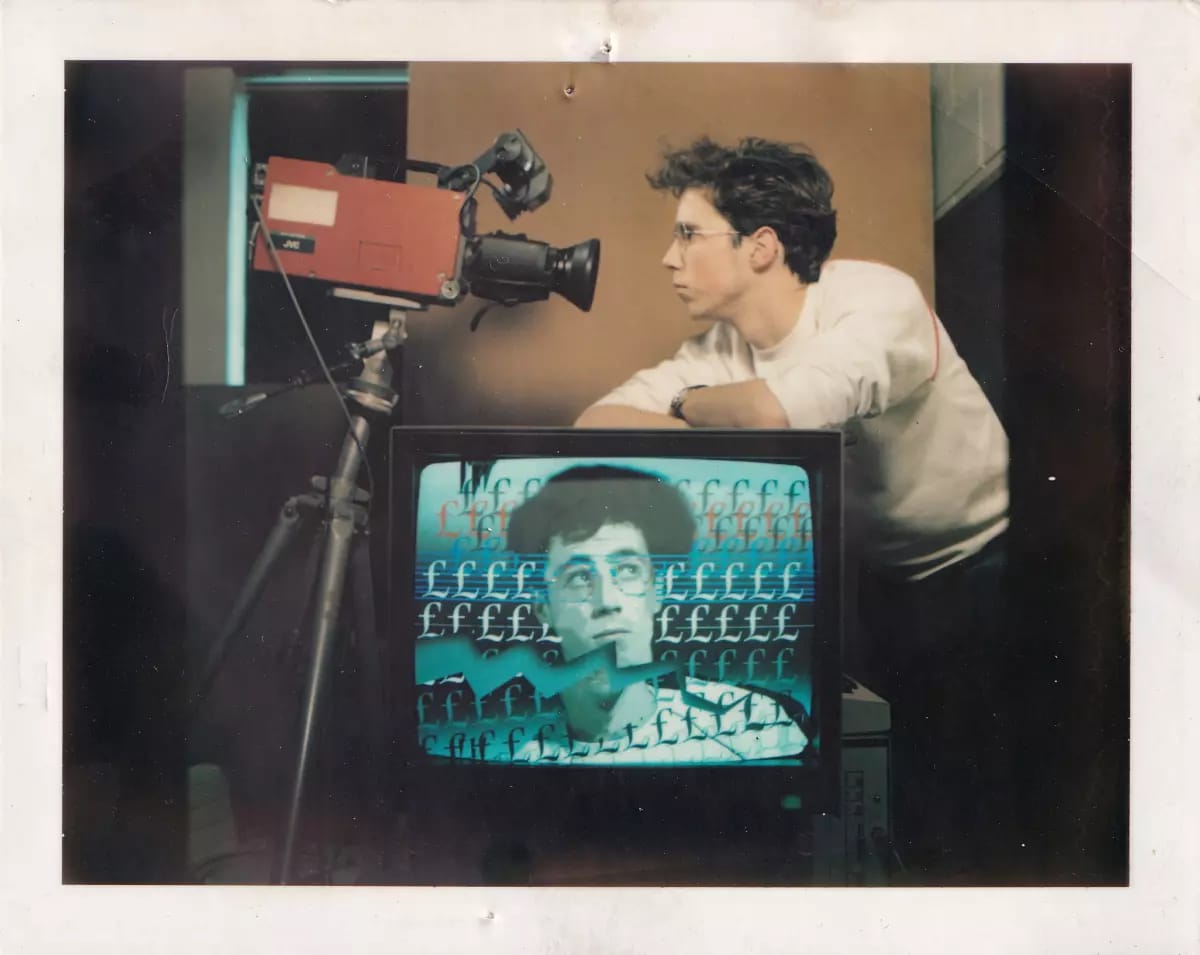
He remembers the story of another fellow art student from Stockport, near Manchester, who felt similarly passionate about the paintbox as Wilson did. The problem? The expensive tool wasn’t that easily accessible. “You had to book time to use the Paintbox room. You’d get a key, go in to work, and a technician would assist you if anything went wrong.
Well, this student cut a key for himself and would sneak into the college at night to work on the Paintbox. There were no surveillance cameras back then, if you got past the security office, you were in. Eventually, they found out and threw him out of college for ‘burgling’ the school.
Ironically, as he told me, they used his work to promote the course for the next year. He went down to London and figured he might as well get a job. On his first day, he went to a post-production company in Soho, showed them what he could do, and they said, ‘Great! We're going to the pub now and will be back around 3. In the meantime, can you add these scratchy, sparkly, sharp animation effects to this video?'
The video happened to be Queen’s It’s a Kind of Magic. That was his first job on his first day. Now, not the characters, that was animation. But all the sparkles and scratches? He did those on the Paintbox. When you watch it, those effects look like they were done traditionally, with film. But he said he did them digitally so they’d match the animation style and not look ‘computery.’ It looked like proper old-school Disney-style animation.”
"In the '80s, 'Screen Time' Meant TV Time"
Wilson has plenty of anecdotes like these in his repertoire. And every one shows that the Paintbox had a massive influence on 80s visual culture. Today, when we talk about the emotional and cognitive effects of screen time, we usually refer to our mobile phones, but in the 80s screen time meant TV.
“You’d come home from school, have milk and cookies, and watch children’s television. Then your parents would come home and you'd watch the news, light entertainment, whatever. All those graphics, titles, weather, news tickers, all were done on the Paintbox.
So yes, Queen videos and Miami Vice are cool. But learning about design, really good design, and visual language came from that era. Not design that looked "computery," but sophisticated graphics of that era. If my mom goes on Amazon now and sees five product logos, she’ll pick the one that looks more professional. She learned that, we all learned that, in the ’80s watching Paintbox graphics.
It’s similar to how home design shows now teach us about curtains and flooring. The Paintbox taught us about typography, composition, color–but subliminally, through screen time.
So when the internet came, and digital design exploded, we weren’t overwhelmed by it. We were already visually fluent.”
Photoshopping Quantel out of History
Quantel's commercial success and its influence on the perception of graphics, typography, and design ushered in the age of digital television. However, with the launch of Adobe Photoshop and other affordable software products, the triumph of the Quantel Paintbox era came to an end.
In January 1996, Quantel sued Adobe over five patents, which involved the use of a stylus and tablet mimicking artist’s brushes, soft-edged airbrush effects, application of paint through a read-modify-write process and a sub-pixel positioning for painting operations.
Adobe proved that the elements covered by Quantel's patents had existed in some form elsewhere, for example in universities or other products, before Quantel had obtained its patents. This concept is known as "prior use," and if proven, it invalidates a patent, meaning the patent holder cannot enforce it.
"Quantel lost the case. That means Adobe gets to tell the story about what happened," says Wilson. "So, it sounds like a cliché soundbite to say Adobe Photoshopped Quantel out of history, but why would Adobe want to recognize that Quantel did what it did ten years before? They have all the dominance in the market, so everyone has just forgotten or simply hasn't been told about the importance of the Paintbox that preceded all of this by a decade."
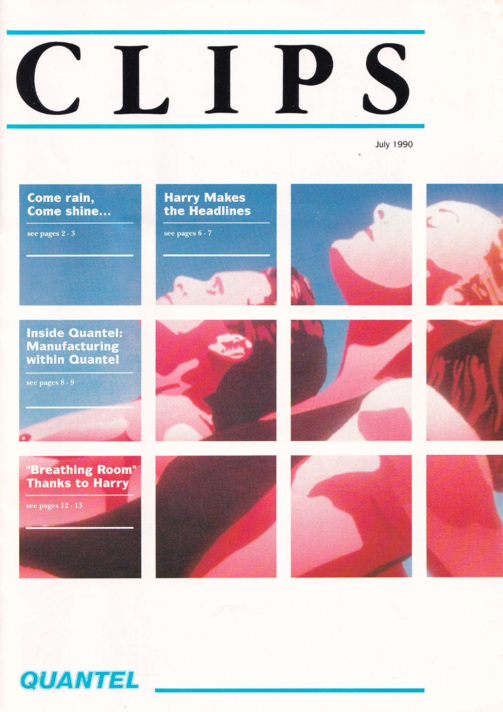
The Quantel Paintbox Archive Project
To give the Paintbox its well-deserved place in digital art history, Wilson organizes exhibitions and partners with brands like blockchain platform Tezos, Tate Modern in London and ArtMeta, a space dedicated to computer-based creations during Art Basel.
His goal is to let people experience the technology firsthand. "Visitors can interact with the Paintbox, and play with it, which to me is really important," he explains. “It’s like talking about a Ferrari that’s amazing but never raced in the Grand Prix, and just showing people the Ferrari. That’s historic stuff, but not as cool as saying, “Do you want to drive that Ferrari?”
Wilson has also created the Quantel Paintbox Archive, recovering lost footage and conducting interviews with Paintbox pioneers. "People contact me all the time. Recently I received a package from someone who used to work as an engineer at Quantel; he sent me all his collection saying, 'I know you'll look after it.' The first employee of Quantel gave me his entire archive and the former editor of Quantel’s monthly magazine donated her collection, which I have scanned and uploaded for everyone to enjoy.
I've started building a collection of relevant documents and artworks that will all be donated to a museum someday. It is a real pleasure to be able to help put Quantel and the Paintbox back in its rightful important place in both digital and art history".



